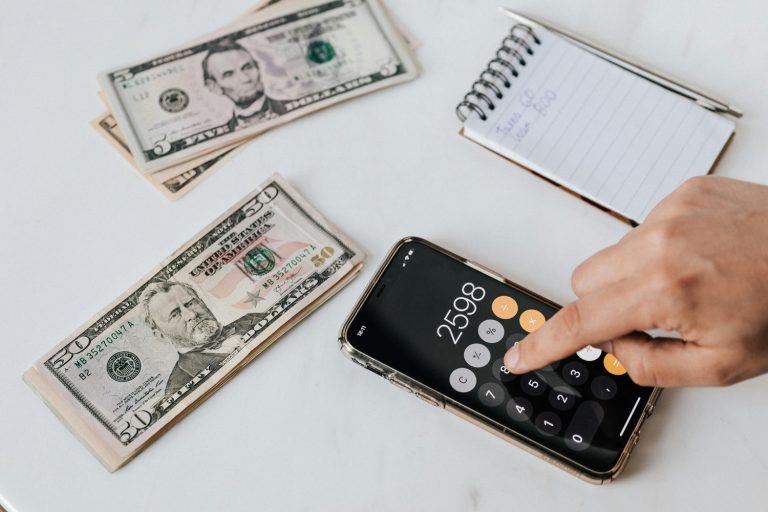You know the feeling—someone brags about getting an insane deal on something you just paid full price for. How did they know? Were they just lucky? Actually, no.
The best money-savers aren’t just lucky. They’re strategic. They know where the quiet deals live. These are the discounts and pricing loopholes that most shoppers overlook. Not because they’re secret but because they’re subtle. They’re not flashing in red font or screaming, “Limited time offer!” But they’re real. And they can save you hundreds, even thousands, every year.
Let’s pull back the curtain on eight quiet deals the best savers never ignore and how you can start using them too.
1. Open Box Discounts on Electronics and Appliances
When someone returns a TV, laptop, or blender, even if it was never used, stores often can’t sell it as “new.” Instead, it’s labeled as “open box” or “certified refurbished.” These items are inspected, tested, and often under warranty, yet come at 10% to 40% off retail.
Retailers like Best Buy, Amazon Warehouse, and Apple all offer discounted open-box products, often with very minor cosmetic imperfections (if any). Savvy shoppers check these sections before buying anything new because why pay full price when you don’t have to?
2. Price Adjustments You Have to Ask For
This is a quiet deal hiding in plain sight. Many retailers offer price adjustments if an item you bought drops in price shortly after your purchase. But here’s the catch: they won’t tell you. It’s up to you to notice and ask.
Stores like Target, Macy’s, and even some online retailers will refund the difference if you contact them within a specific window (usually 7–14 days). Pro savers set reminders or use price tracking tools like Honey, Karma, or Paribus to alert them when a price changes. The key? Keep your receipts, then act quickly.
3. Grocery Store Clearance and Markdown Schedules
Your local grocery store has a rhythm, aka a markdown schedule most shoppers never notice. Certain departments (like meat, bakery, or produce) discount items at specific times of the week or day to clear out stock before spoilage. The best savers get to know the manager, learn the schedule, and shop accordingly. You could save 30%–70% on high-ticket grocery items just by knowing when to go.
Bonus tip: Look for yellow tags or “manager’s special” labels, and don’t forget the freezer aisle. Many stores mark down frozen food nearing its “best by” date.
4. Loyalty Programs That Actually Pay Off
Most people ignore store loyalty programs because they assume it’s all spam and points they’ll never use. But the best savers know which programs actually give real rewards, like CVS ExtraCare, Target Circle, and grocery fuel points from Kroger or Safeway.
Some programs offer surprise birthday rewards, members-only coupons, cashback or gift cards, and exclusive discount days. The trick is to pick 2–3 key stores you shop at regularly and go all in on those loyalty programs. Create a separate email address if you want to avoid clutter in your main inbox.
5. Discounted Gift Cards = Built-In Savings
Gift card resellers like Raise, CardCash, or Gift Card Granny let you buy discounted gift cards from major retailers like Home Depot, Starbucks, and even airlines. Think of it as an automatic savings hack—buy a $100 card for $90, and you’ve saved 10% before you even shop. The smartest savers buy these before making big purchases (like furniture or travel). Some also stack them with promo codes or clearance sales for even deeper discounts.
One note: Always buy from reputable platforms to avoid scams. Stick to sites with guarantees and buyer protections.
6. The “Hidden Clearance” Trick in Big Box Stores
Did you know that stores like Walmart and Target often have clearance items not marked on the shelf? You’ll see a normal price tag, but if you scan it with the store’s mobile app, it may reveal a lower, hidden clearance price. Sometimes, items are dropped in price online but not updated in-store, or the price tags just haven’t caught up. Savvy shoppers scan everything from shampoo to electronics to toys and uncover deals others completely miss.
7. Ask-Only Discounts (Military, Student, Senior)
There are discounts you’ll never see advertised, and stores will only give them if you ask. We’re talking about military, student, and senior discounts that apply to retail, restaurants, movie theaters, and even travel. Many brands like Apple, AT&T, Nike, and Verizon offer student or military pricing. You may need to verify your status via ID or online portals like UNiDAYS or ID.me, but once you do, those hidden percentages can add up.
8. Annual or Seasonal Subscriptions with Auto-Save
From streaming platforms to grocery delivery services, companies reward customers who commit long-term. Instead of monthly plans, look for annual payment options, which often come with built-in savings of 10% or more.
The best savers take this a step further: they time their upgrades around major holidays (like Black Friday or back-to-school) when subscription deals are deepest.
For example:
-
Amazon Prime offers student and EBT discounts.
-
Meal kits offer 40–60% off for new users on long-term plans.
-
Gym memberships often waive fees or offer extra perks during January or summer sign-up periods.
Locking in a yearly rate during a seasonal sale can save you serious money over time.
The Deals Are There If You Know Where to Look
The smartest savers aren’t clipping endless coupons or obsessing over sales every day. They’re simply tuned in to the quiet deals—the subtle, often-overlooked ways to save money where others don’t even know to look.
These hidden opportunities are everywhere: on your phone, in your inbox, and right under your nose in store aisles. Once you start paying attention, you’ll wonder how you ever shopped any other way. Remember, saving money isn’t always about big sacrifices. It’s about small, smart moves that add up.
What’s the best “quiet deal” you’ve ever discovered?
Read More:
Can Saving And Spending Actually Make You Rich? 8 Myths Debunked
The Psychological Warfare Hidden Inside Money Saving Apps
Read the full article here









